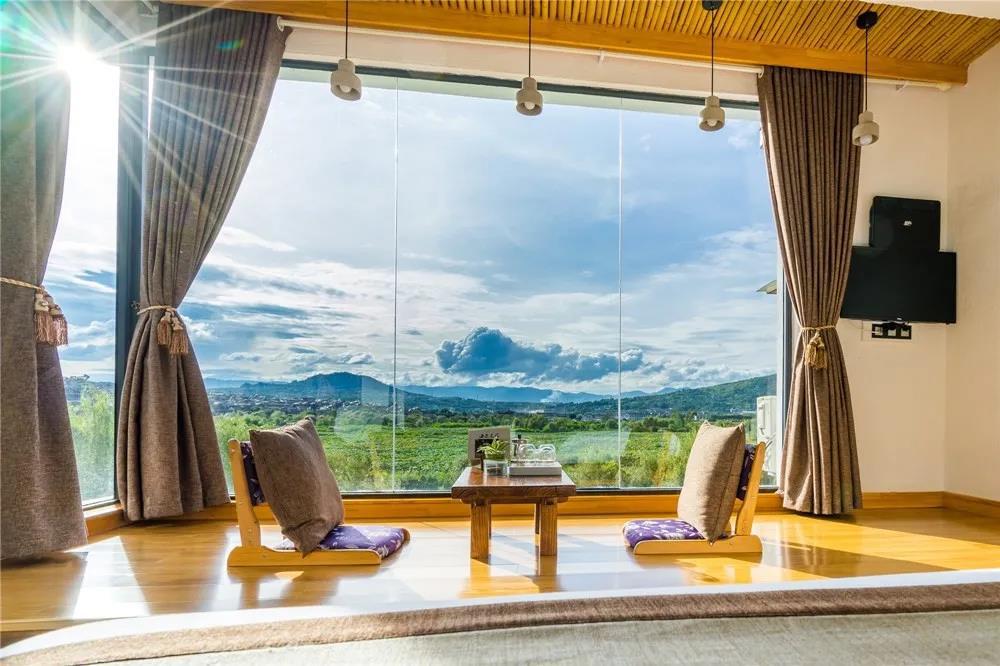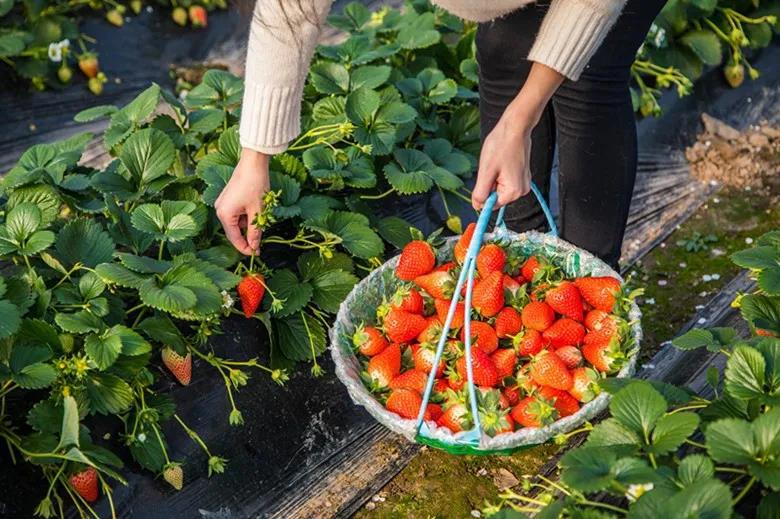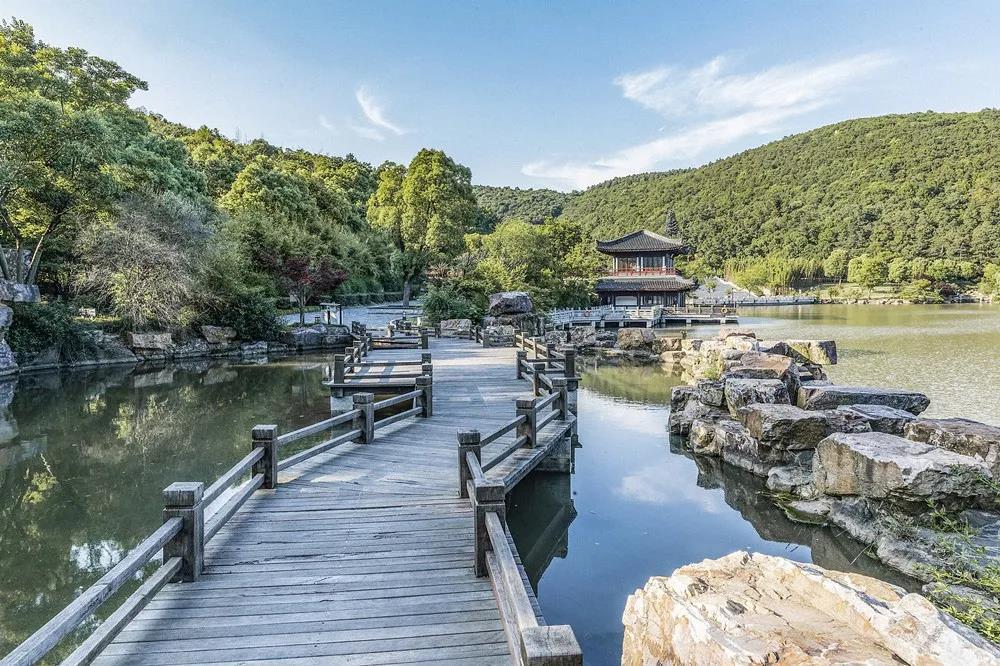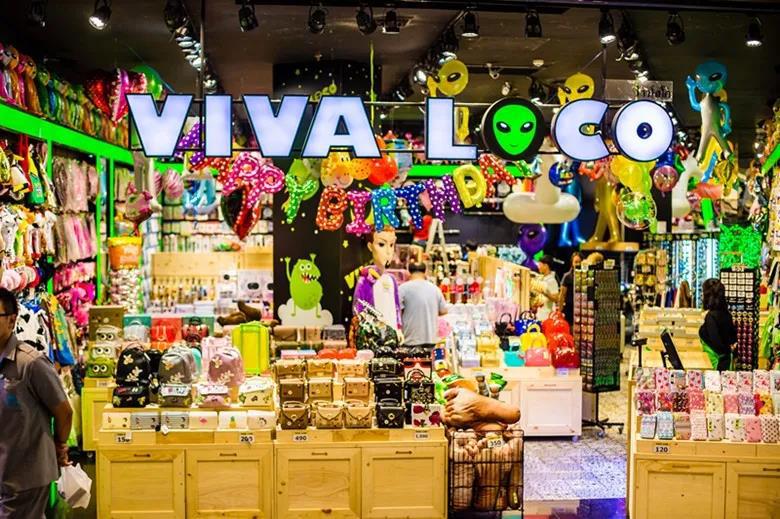Layout first
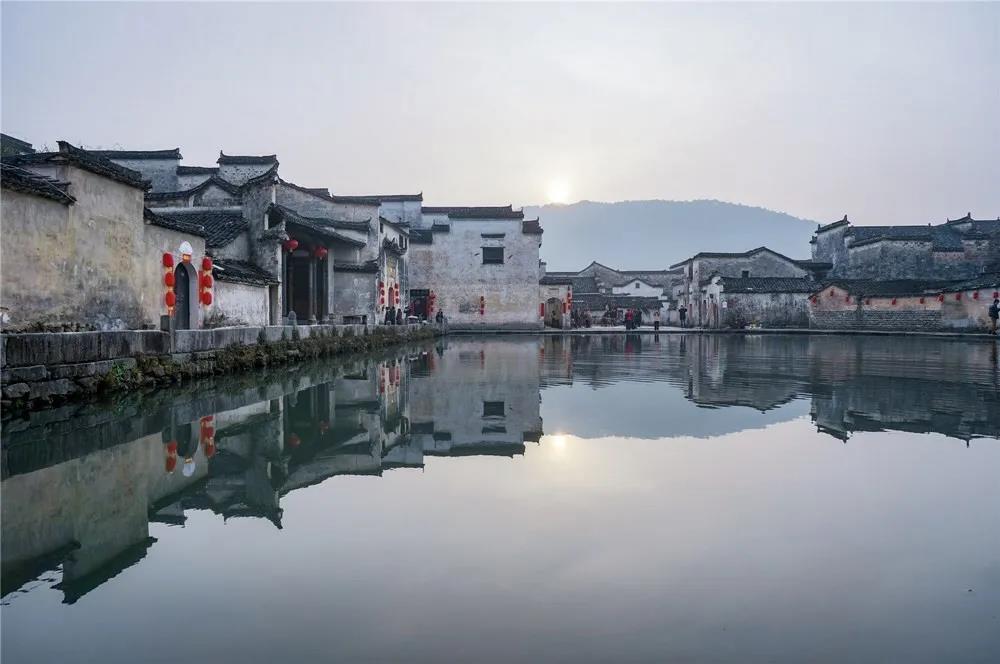 The construction of cultural tourism projects must first solve the problem of planning and layout, and the layout must pay attention to long-term benefits, and achieve overall planning, rolling development, and cascading construction. Respect the local ecological environment, cultural ecology, and lifestyle, and achieve integration, integration, and mutual adaptation.
The construction of cultural tourism projects must first solve the problem of planning and layout, and the layout must pay attention to long-term benefits, and achieve overall planning, rolling development, and cascading construction. Respect the local ecological environment, cultural ecology, and lifestyle, and achieve integration, integration, and mutual adaptation.
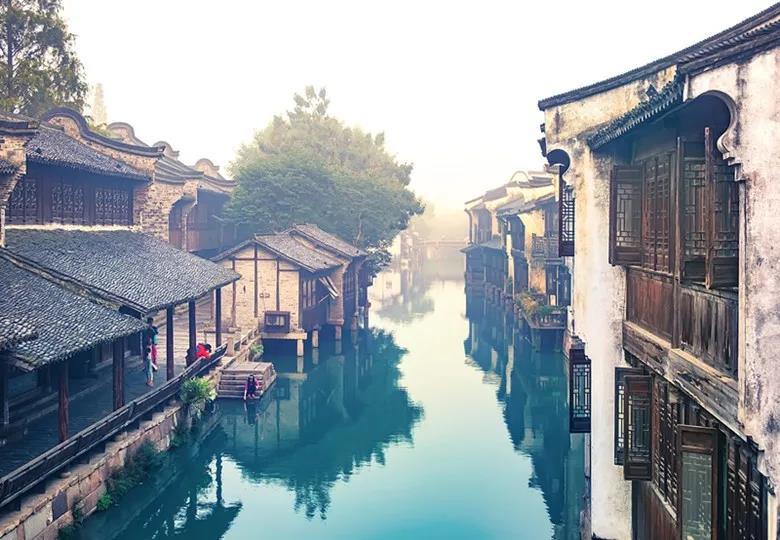 The fundamental difference between cultural tourism projects and ordinary commercial projects lies in the word "culture". Generally speaking, cultural tourism projects can be divided into two types, one is the innate historical and cultural tourist attractions, and the other is new development. Cultural and tourist attractions. The former has a stronger historical background and inherently accumulated cultural resources; while the newly developed cultural tourism project needs to rely on the history of the project location to dig deep into its cultural connotations, and cannot talk about culture. Regardless of the form, "literature" and "travel" must be closely linked. "Cultural tourism" without the support of the cultural connotation that affects people's hearts is empty and vain, and will eventually lose its charm and stickiness. A good cultural tourism project needs a good brand image and a reputable brand name across the country. The brand building of cultural tourism projects, in a sense, is to make stories, tell stories, and spread stories for cultural tourism projects, spread the brand of cultural tourism projects through stories, and become a brand that everyone is paying attention to and discussing. The cultural tourism industry chain, from a single cultural product at the end to a rich cultural tourism industry, has to go through a series of evolutionary processes of guidance, processing, publicity, and agglomeration. The construction of cultural tourism projects must seek and inject supporting industries, and drive the development of related industries through the industrial effects of supporting industries. The cultural tourism industry can be extended vertically or horizontally. The vertical extension is mainly aimed at the in-depth development of upstream industries, and the horizontal extension focuses on the promotion channels of new media. The construction of the cultural tourism industry chain is of great significance and is the key to promoting the coordinated development of various industries within the industry chain and achieving the harmonious development of regional tourism economy. To develop cultural tourism projects, we must attach importance to the extension of the upstream and downstream of the industrial chain and the derivative development of high-end areas to form a closed-loop industrial chain of its own.
The fundamental difference between cultural tourism projects and ordinary commercial projects lies in the word "culture". Generally speaking, cultural tourism projects can be divided into two types, one is the innate historical and cultural tourist attractions, and the other is new development. Cultural and tourist attractions. The former has a stronger historical background and inherently accumulated cultural resources; while the newly developed cultural tourism project needs to rely on the history of the project location to dig deep into its cultural connotations, and cannot talk about culture. Regardless of the form, "literature" and "travel" must be closely linked. "Cultural tourism" without the support of the cultural connotation that affects people's hearts is empty and vain, and will eventually lose its charm and stickiness. A good cultural tourism project needs a good brand image and a reputable brand name across the country. The brand building of cultural tourism projects, in a sense, is to make stories, tell stories, and spread stories for cultural tourism projects, spread the brand of cultural tourism projects through stories, and become a brand that everyone is paying attention to and discussing. The cultural tourism industry chain, from a single cultural product at the end to a rich cultural tourism industry, has to go through a series of evolutionary processes of guidance, processing, publicity, and agglomeration. The construction of cultural tourism projects must seek and inject supporting industries, and drive the development of related industries through the industrial effects of supporting industries. The cultural tourism industry can be extended vertically or horizontally. The vertical extension is mainly aimed at the in-depth development of upstream industries, and the horizontal extension focuses on the promotion channels of new media. The construction of the cultural tourism industry chain is of great significance and is the key to promoting the coordinated development of various industries within the industry chain and achieving the harmonious development of regional tourism economy. To develop cultural tourism projects, we must attach importance to the extension of the upstream and downstream of the industrial chain and the derivative development of high-end areas to form a closed-loop industrial chain of its own.This is an era of cross-border and integration. As long as it is connected to the cultural tourism real estate ecosystem, it can be integrated vigorously. Through integration, we will continue to understand its essence, and will eventually choose the part with high value orientation to do it on its own, thereby accumulating its own. Brand, in the future, will not only fight for intelligence and strength, but also for integration.
"No business, no cultural tourism", and finally back to the theme of commerce. A successful cultural tourism project is bound to transform the passenger flow resources into powerful consumption resources. Cultural tourism and commerce are mutually dependent. Commerce can add a finishing touch to tourism, but the pure commercial function will only be weakened. It will naturally transition commerce to tourism, and introduce novel formats and brands according to the cultural characteristics of the project to realize the brand Innovation, the integration of products into tourism, and the combination of shopping and experience IP, paying attention to customer participation, and allowing customers to consume in joy and relaxation, is a higher-level cultural tourism business form. The business cultivation of cultural and tourism projects should start from meeting the diverse leisure consumption needs of residents and tourists, and create a diversified consumption scene and create a one-stop service structure through the innovative combination of industry-related factors such as food, housing, transportation, travel, shopping and entertainment. Upgrade the experience quality of cultural tourism projects, and promote the establishment of commercial enterprises and large-scale economic development through the gathering of popularity and creativity brought by the cultural tourism industry, forming a comprehensive development structure integrating cultural tourism and business.
 The construction of cultural tourism projects must first solve the problem of planning and layout, and the layout must pay attention to long-term benefits, and achieve overall planning, rolling development, and cascading construction. Respect the local ecological environment, cultural ecology, and lifestyle, and achieve integration, integration, and mutual adaptation.
The construction of cultural tourism projects must first solve the problem of planning and layout, and the layout must pay attention to long-term benefits, and achieve overall planning, rolling development, and cascading construction. Respect the local ecological environment, cultural ecology, and lifestyle, and achieve integration, integration, and mutual adaptation.  The fundamental difference between cultural tourism projects and ordinary commercial projects lies in the word "culture". Generally speaking, cultural tourism projects can be divided into two types, one is the innate historical and cultural tourist attractions, and the other is new development. Cultural and tourist attractions. The former has a stronger historical background and inherently accumulated cultural resources; while the newly developed cultural tourism project needs to rely on the history of the project location to dig deep into its cultural connotations, and cannot talk about culture. Regardless of the form, "literature" and "travel" must be closely linked. "Cultural tourism" without the support of the cultural connotation that affects people's hearts is empty and vain, and will eventually lose its charm and stickiness.
The fundamental difference between cultural tourism projects and ordinary commercial projects lies in the word "culture". Generally speaking, cultural tourism projects can be divided into two types, one is the innate historical and cultural tourist attractions, and the other is new development. Cultural and tourist attractions. The former has a stronger historical background and inherently accumulated cultural resources; while the newly developed cultural tourism project needs to rely on the history of the project location to dig deep into its cultural connotations, and cannot talk about culture. Regardless of the form, "literature" and "travel" must be closely linked. "Cultural tourism" without the support of the cultural connotation that affects people's hearts is empty and vain, and will eventually lose its charm and stickiness. 